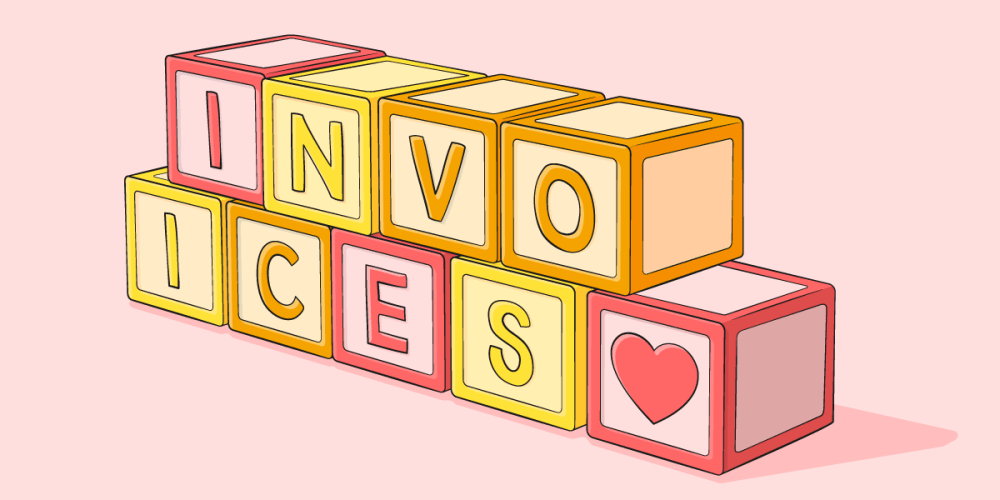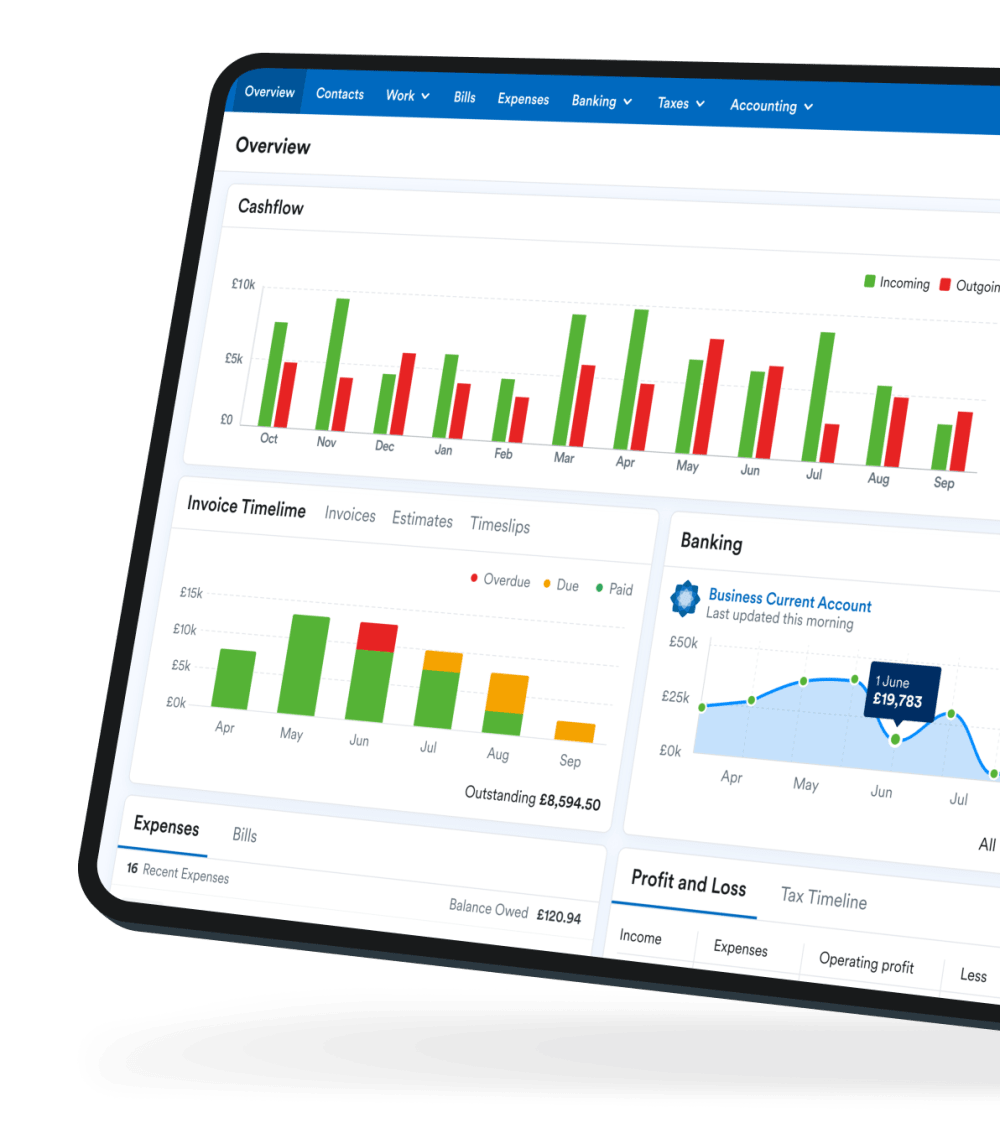Invoicing basics: essentials to include in your invoice template

Here’s a handy checklist to keep in mind when setting up your invoice template - making sure you’re covered legally and look professional while asking for payment.
What do I legally have to include on an invoice?
It’s worth putting the work in to fill out your invoices properly. In the worst-case scenario of a customer refusing to pay, an invoice is a legally binding document evidencing that you are owed payment for providing certain goods or services. But to make it legally binding, there is certain information you have to include.
1. An invoice number
This must be a unique identification number. It’s worth using sequential numbers to help with your own reporting. You could count up from each new invoice (001, 002, 003), or sequence by client or project (ClientA-001, ProjectX-001).
2. Your business name, address and contact information
This might seem obvious, but it’s important to show who is owed. Include your trading address, and don’t forget to add a phone number - you want to be reachable in case the customer has any questions.
If you’re a sole trader, your invoice must also include your name (if this is different to the business name from above) and an address where any legal documents can be delivered to you (if different to your business’s trading address).
If your business is a limited company or LLP, you need to show your Companies House Registered number and the full company name as it appears on your certificate of incorporation. If you decide to put the name of a company director or member on your invoice, you have to include the names of all the directors or members.
3. Your customer’s name and address
If your customer is a business, you’ll need their business name and trading address, rather than an individual’s name and domestic address.
4. Invoice date
The date you issued the invoice to your customer. It is common for payment to be due 30 days after the invoice date, but will depend on the payment terms you agreed with your customer.
5. Supply date
This is the date that you provided the goods or services - this may be the same as the invoice date.
6. Quantity and description of goods or services provided
Your quantity and description should be crystal clear about what and how much you’ve delivered.
7. Amounts charged
For each item included on your invoice, you’ll need to include the unit price and any discounts.
8. Total amount owed
Finally, make sure you’ve calculated the total amount payable.
Is there more I need to include if I’m VAT-registered?
If you’re registered for VAT, you must include your VAT number on your invoices and follow HMRC’s rules about VAT invoices. These rules state that, on top of everything we’ve covered above, a VAT invoice must include:
- an invoice number that follows on from the number of the previous invoice (if you cancel a serially numbered invoice, you must keep it to show to a VAT officer in the event of a VAT inspection)
- your business’s VAT registration number
- the rate of any cash discount
- the total amount payable, excluding VAT
- the total amount of VAT charged, expressed in pounds sterling (GBP)
For each different type of item listed on the invoice, you must also show:
- the unit price or rate, excluding VAT
- the quantity of goods or the extent of the services
- the rate of VAT that applies to what’s being sold
- the rate of any discount for that item
And if you issue a VAT invoice that includes zero-rated or exempt goods or services, you must:
- show clearly that there is either 0% or no VAT payable on those goods or services
- show the total of those values separately
If you make retail sales and you make a sale of goods or services for £250 or less (including VAT), you can issue a simplified VAT invoice. For more information, take a look at HMRC’s guide.
Find out more about how to get the VAT details right on your invoices.
How should I ask my customers for payment?
Late payment of invoices is a huge problem, so you’ll want to do everything in your power to make it easy for customers to pay you.
You should definitely include your bank account details on every invoice, to allow customers to pay you using BACS or online banking. If you send your invoices digitally, consider using a payment solution and add a payment link or button that lets your customers pay you in one click.
Remember that it’s for you to decide how quickly you want to get paid. Set your payment terms and make sure your customers keep to them. You can also include a due date for payment on your invoice to help with this. Here are some email templates to help you chase overdue payments.
Did you know: you can set up automated email reminders using FreeAgent, and let our automated invoice software chase late payers for you and thank them once they’ve paid?
Is there anything else I can add to make my invoice look great?
If you include all of the above, you’ll be well on your way to sending a solid invoice. But if you want to really stand out, here are a couple more elements that will make your invoice even more professional.
Show off your brand
Just like your website, emails, and office - your invoice represents your business and so it should match your brand. You can add your logo, choose custom colours and fonts, or even change the wording of item descriptions to reflect the brand your customers know and love. Just because your invoice is a legal document doesn’t mean you have to talk like a lawyer!
Make it simple
An invoice can turn into a fairly complicated document - but the more complicated it is, the harder it can be for your customers to pay you correctly. Try to stick to a predictable layout, with the most important information (i.e. the total amount owed and your payment details) clearly visible.

FreeAgent can help you send professional invoices in three simple steps
- Choose an invoice from a gallery of templates or customise your own template
- Add invoice items (from your price list of most-used services/goods)
- Send it straight to your customer from FreeAgent
Once it’s sent, you can relax, as FreeAgent can chase any late payments with automated emails and thank them when the payment is received.
